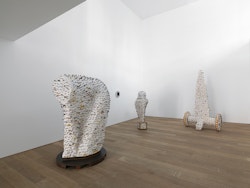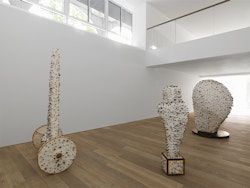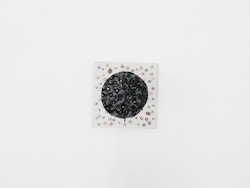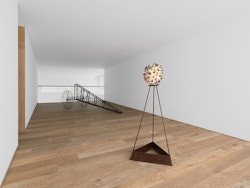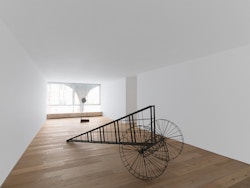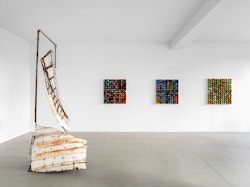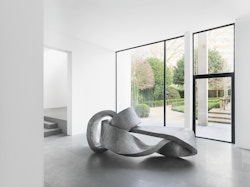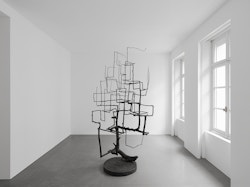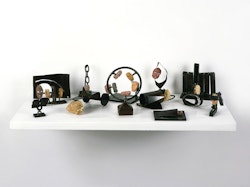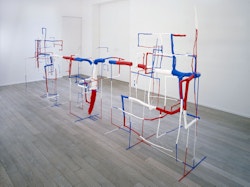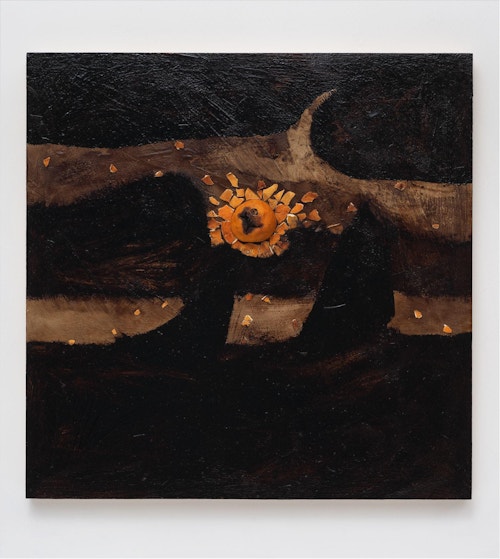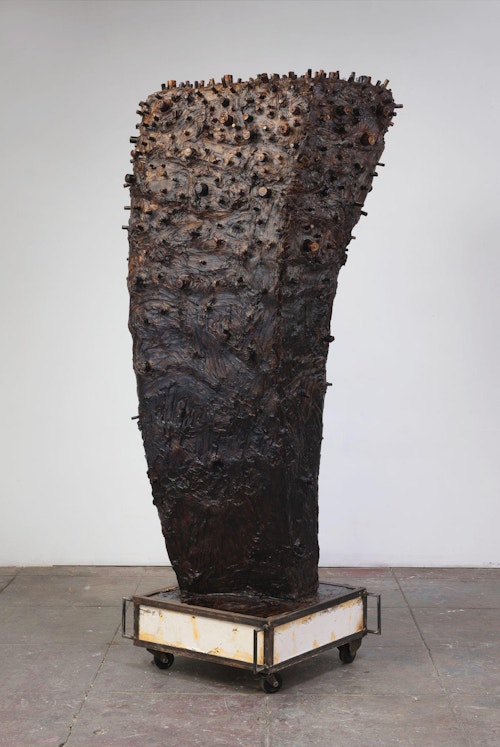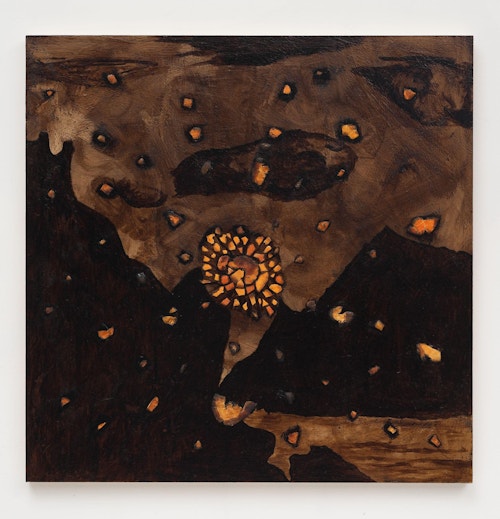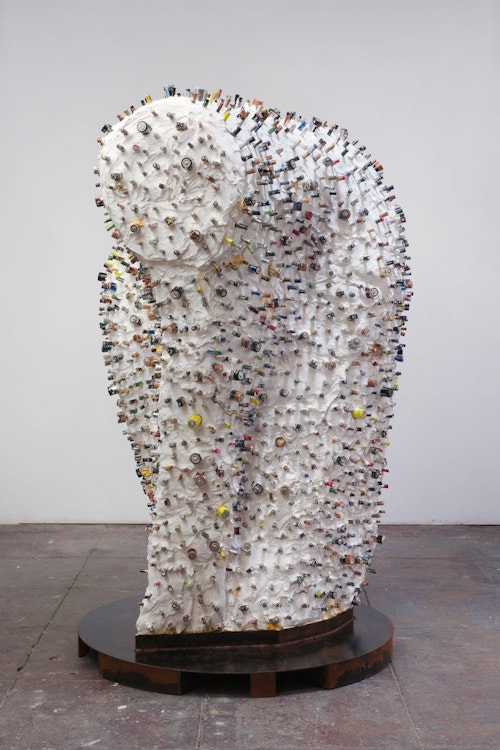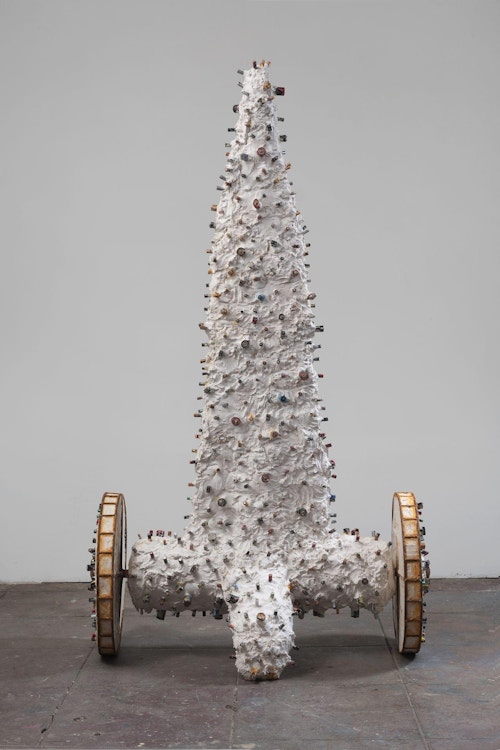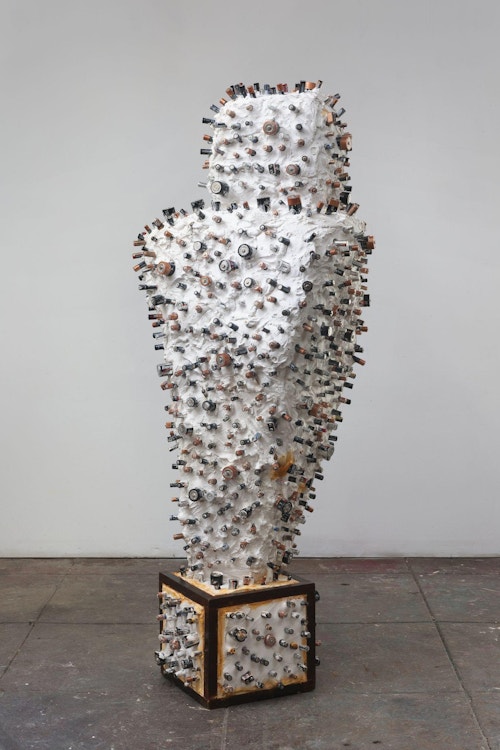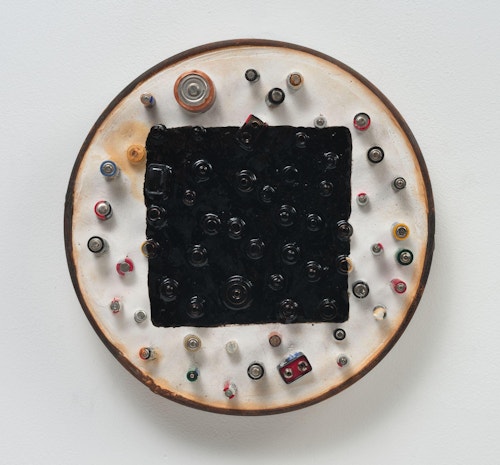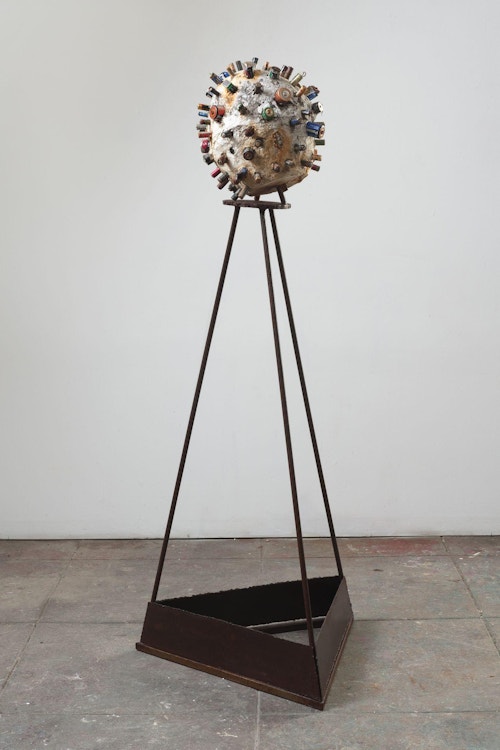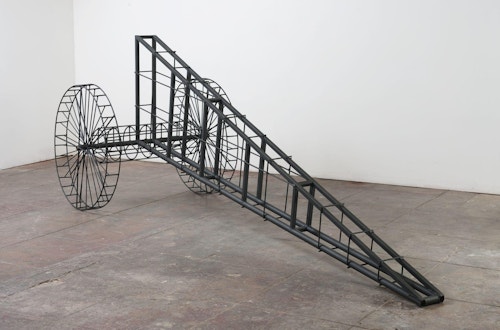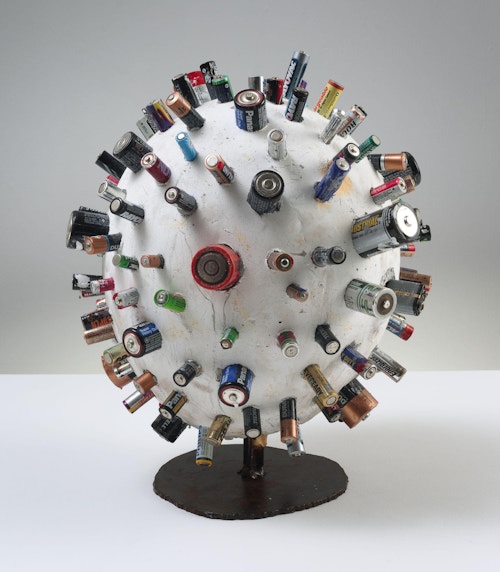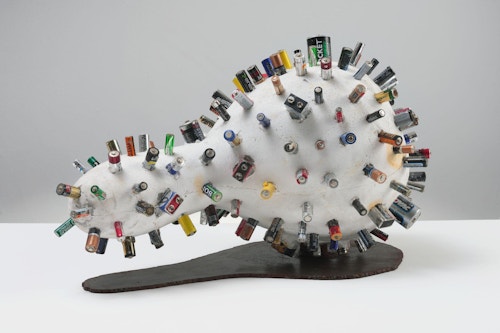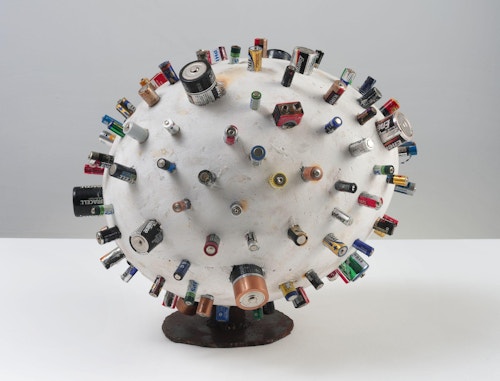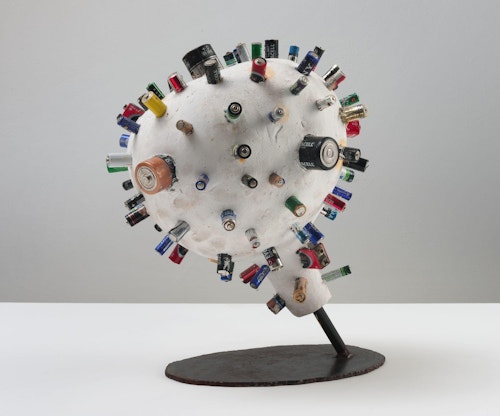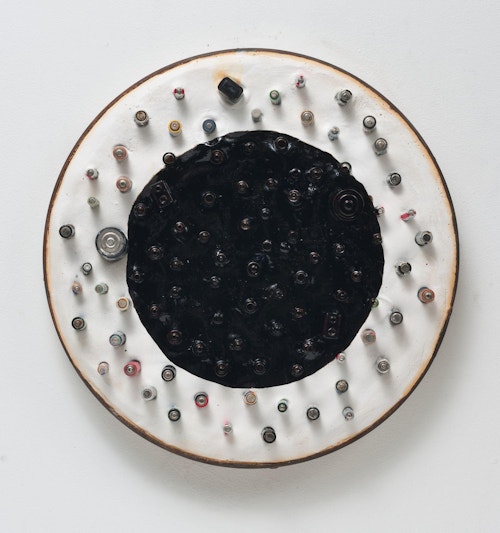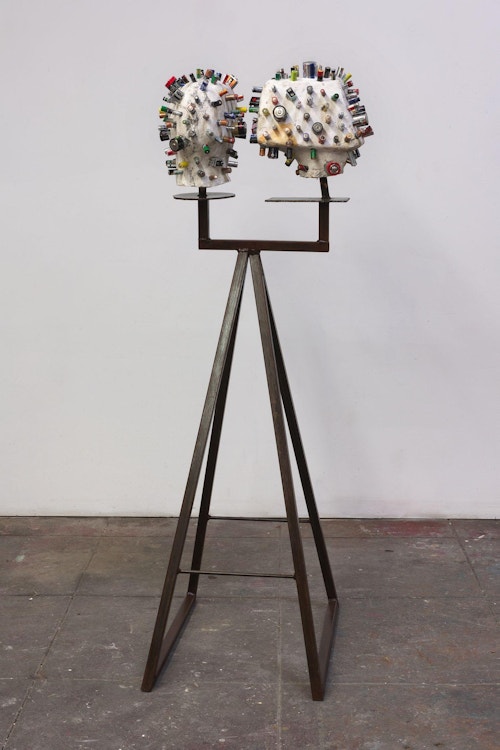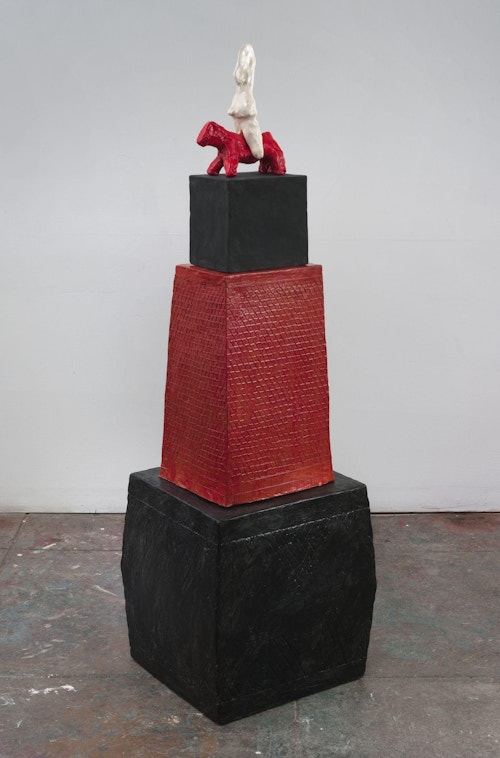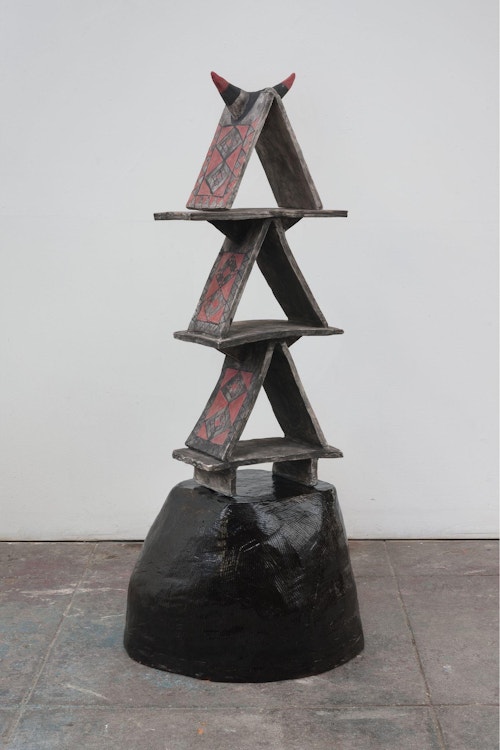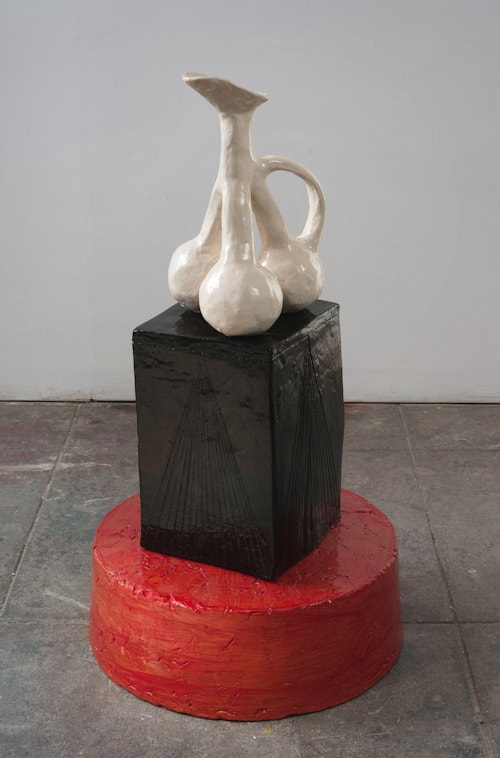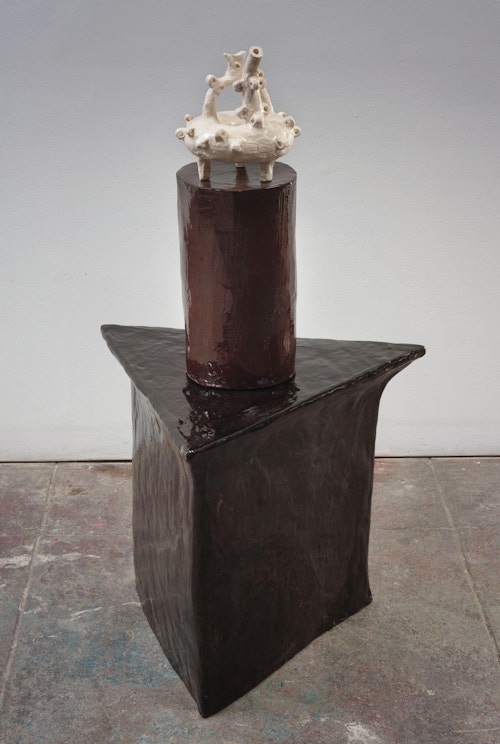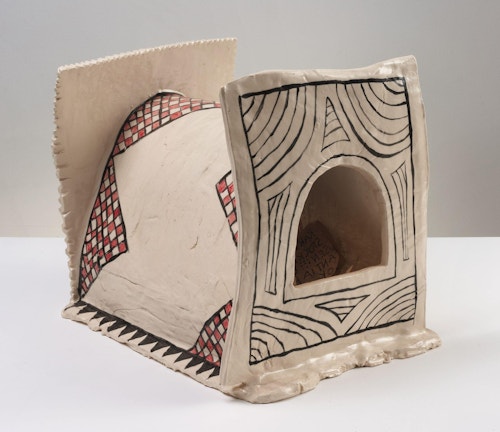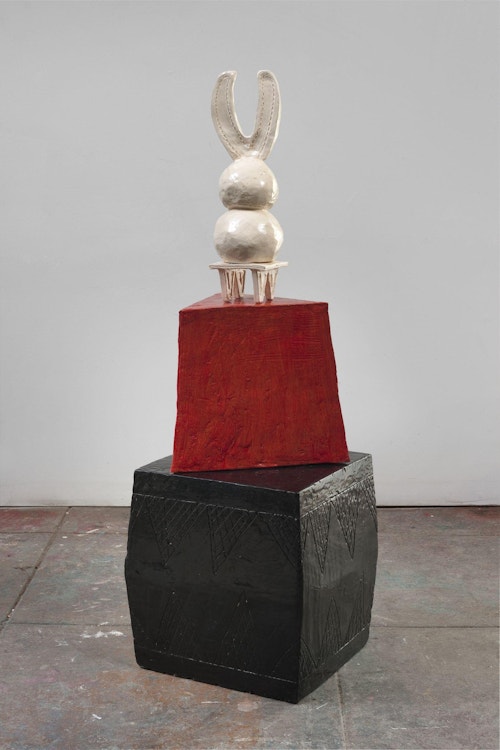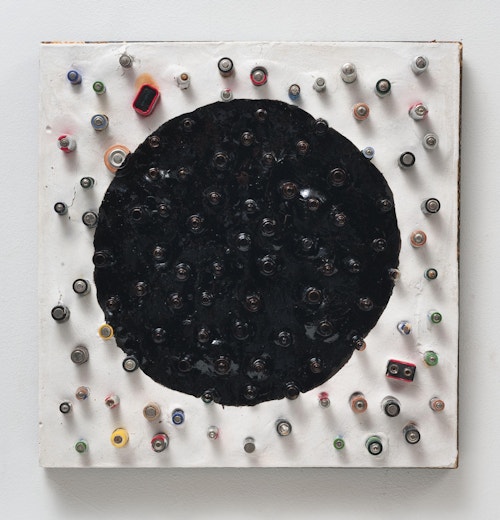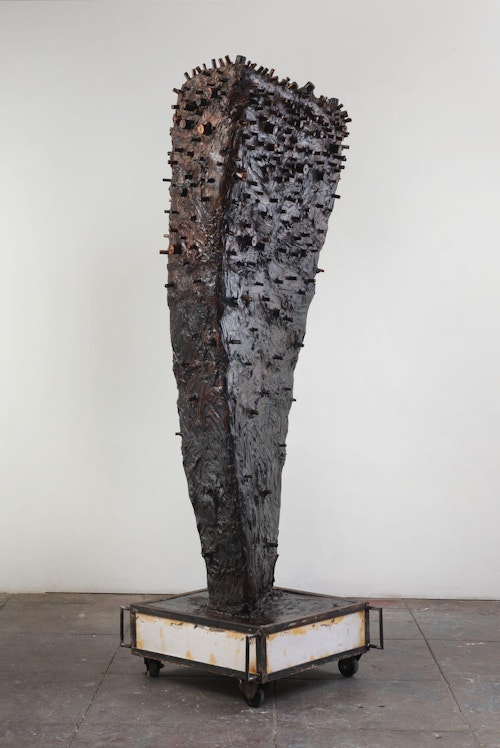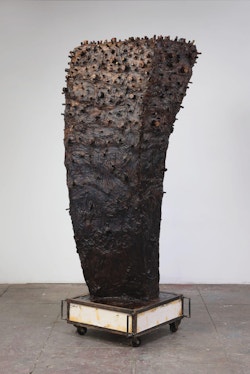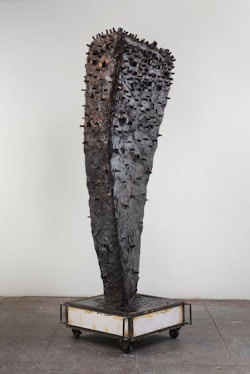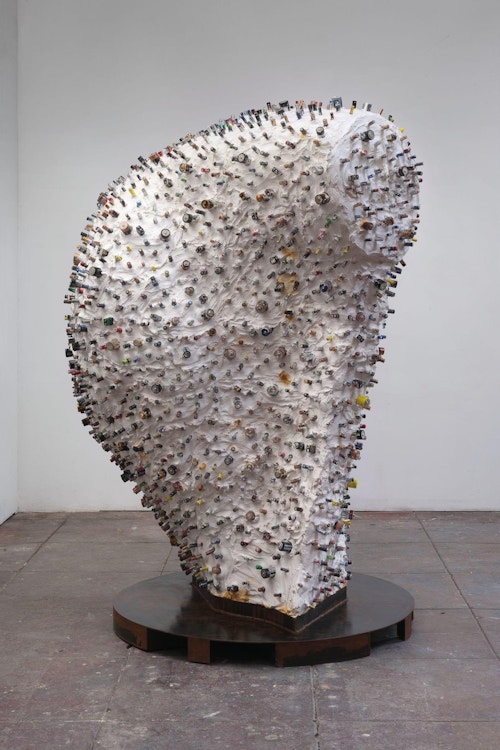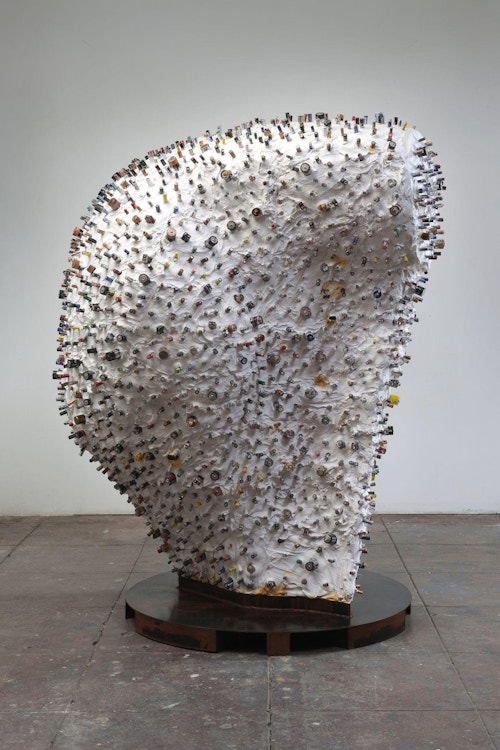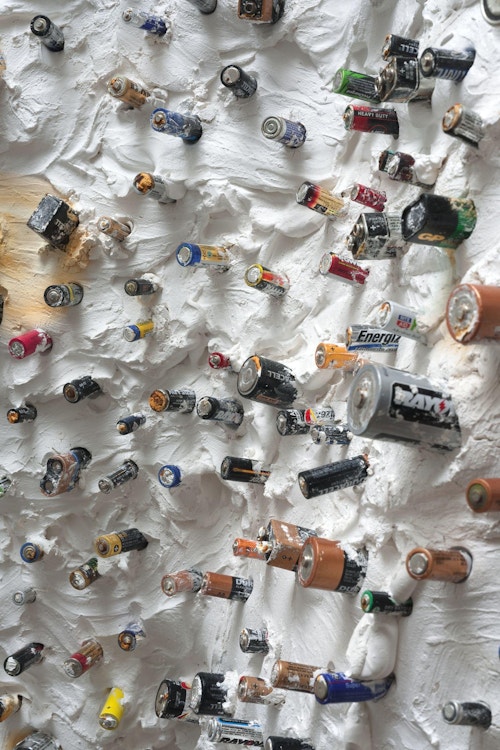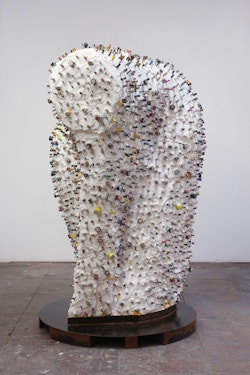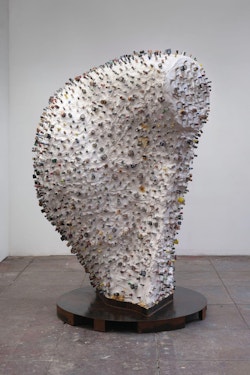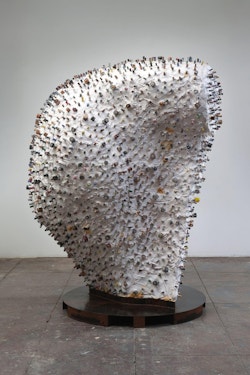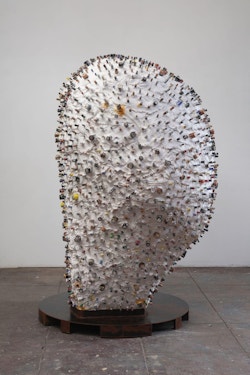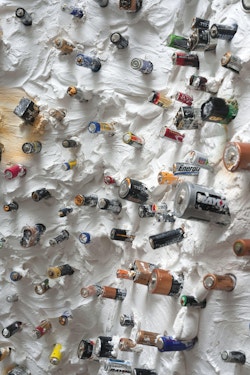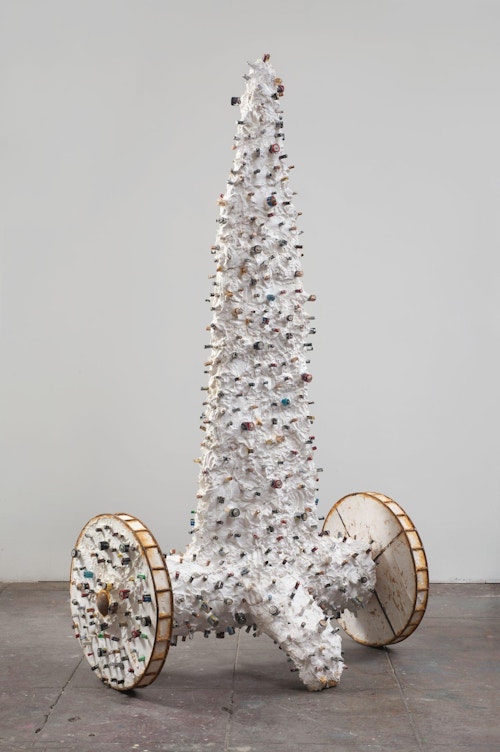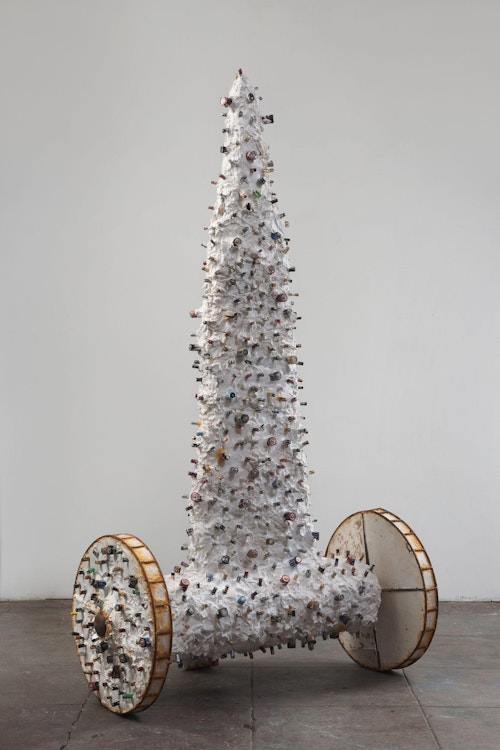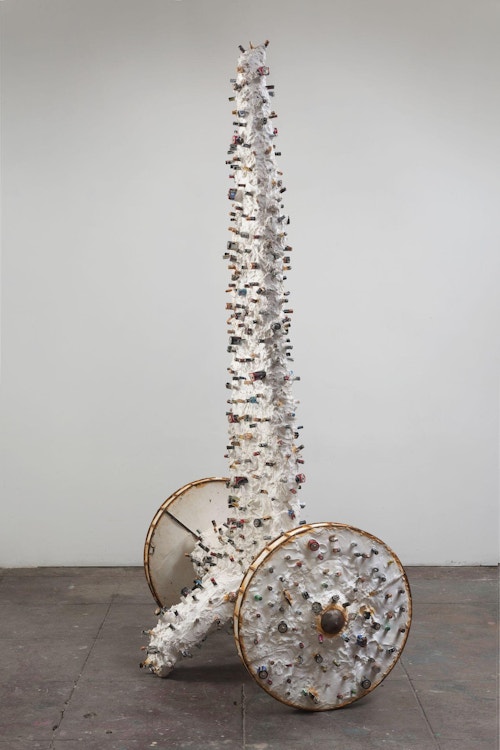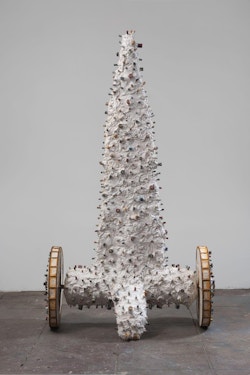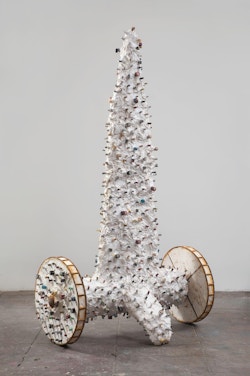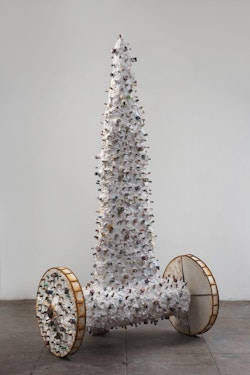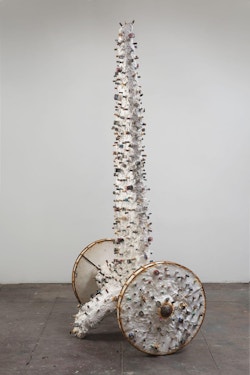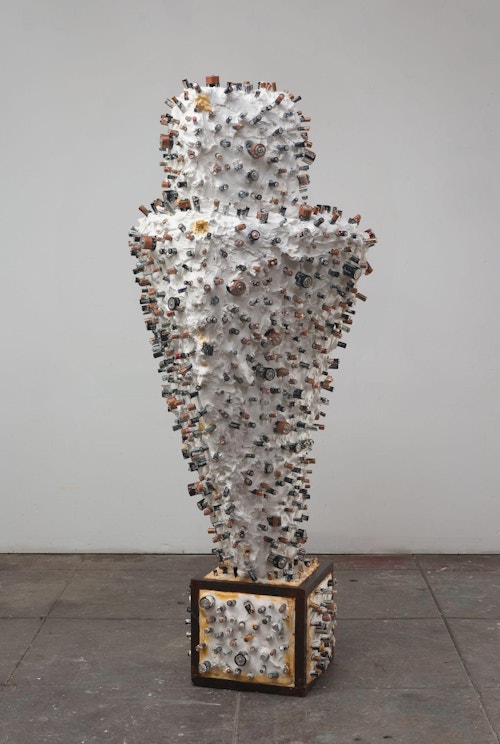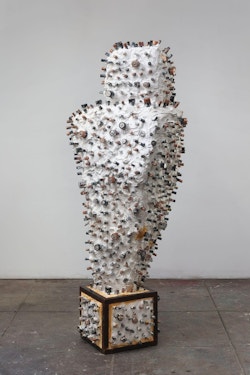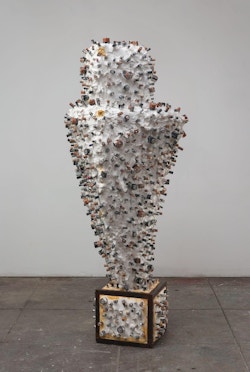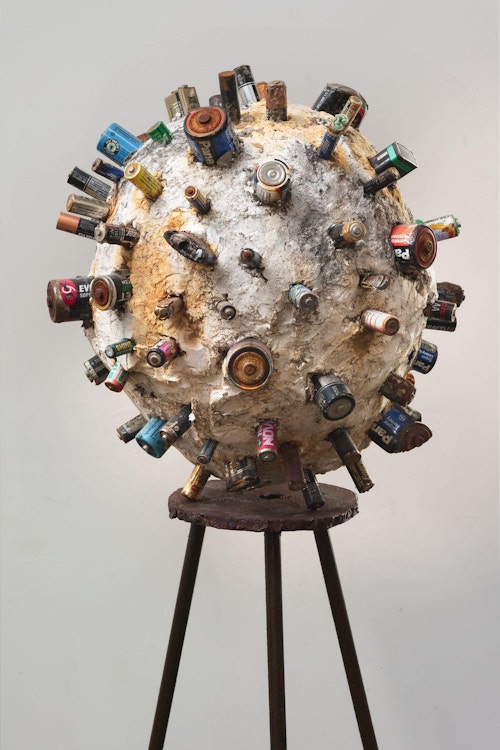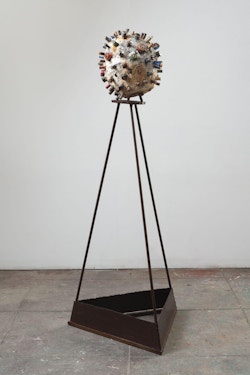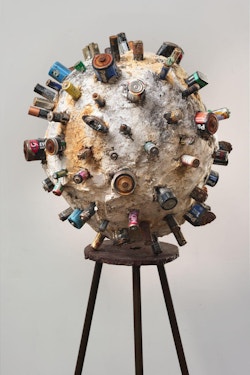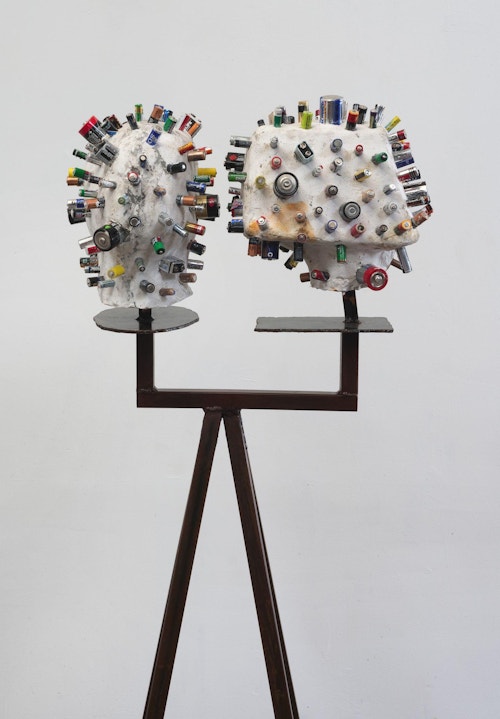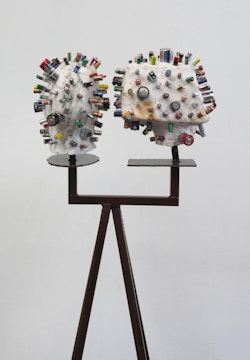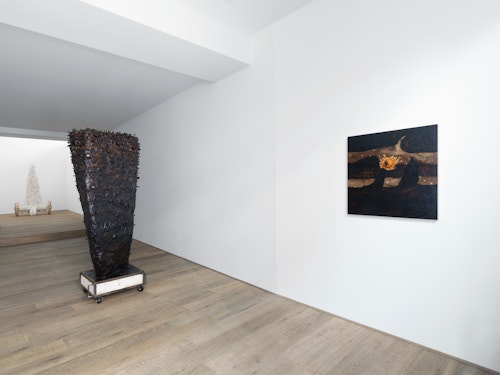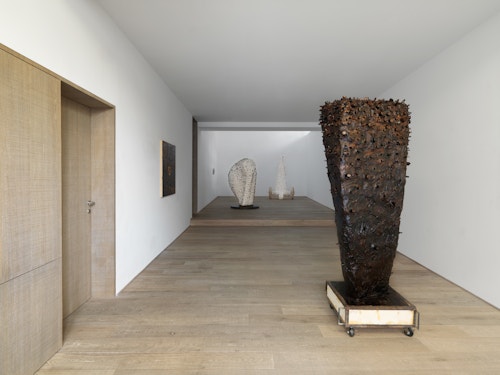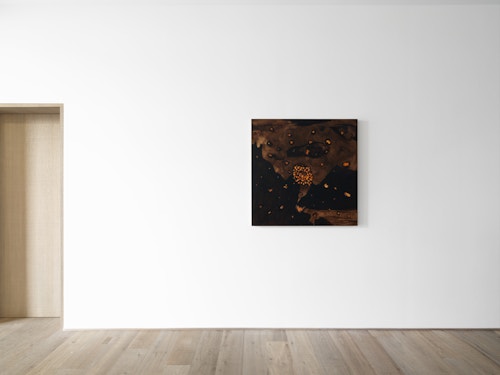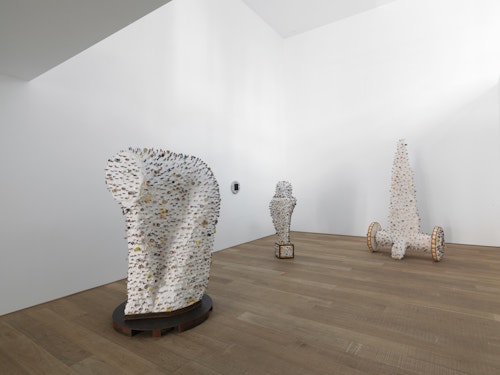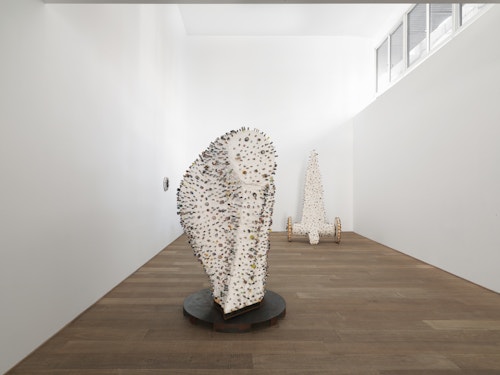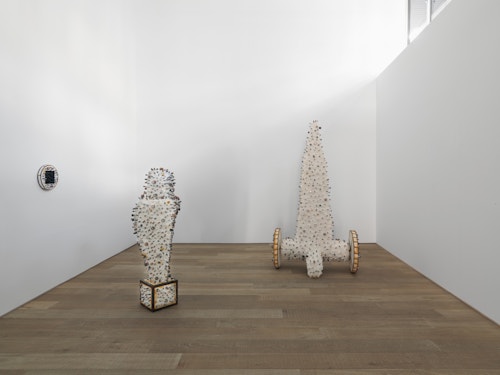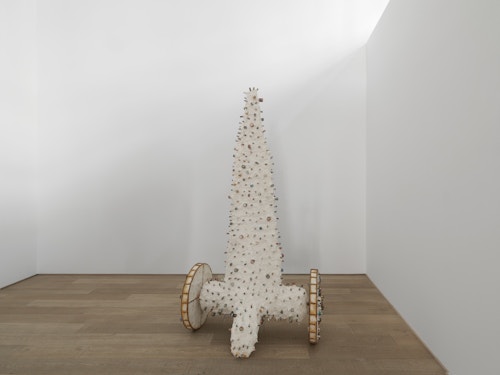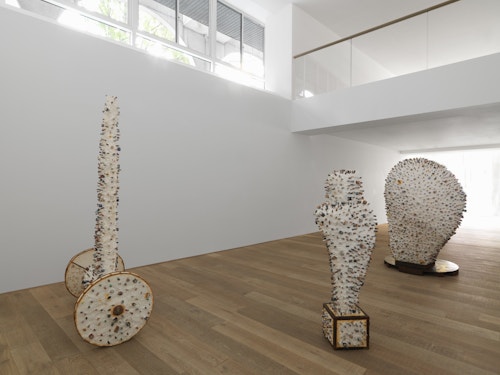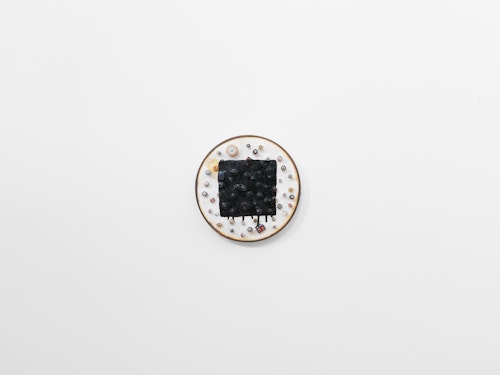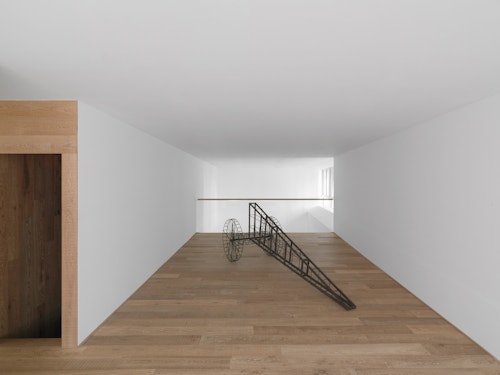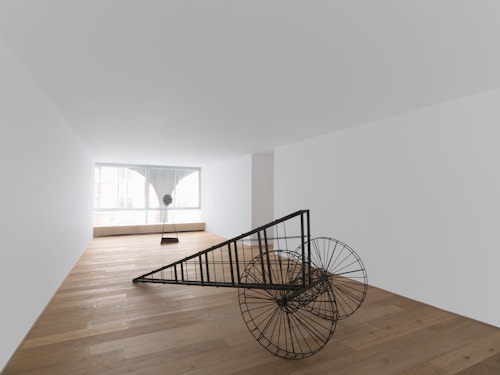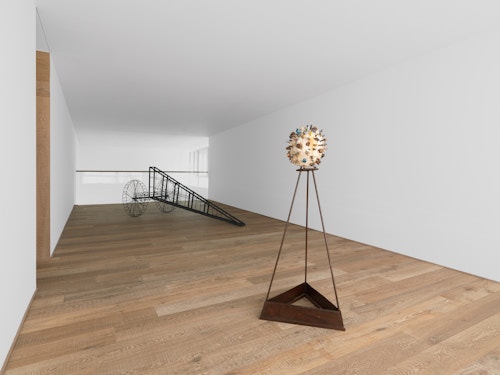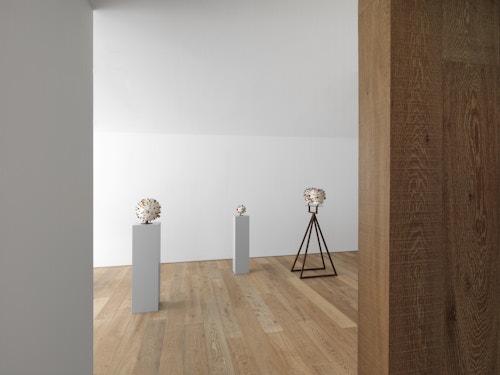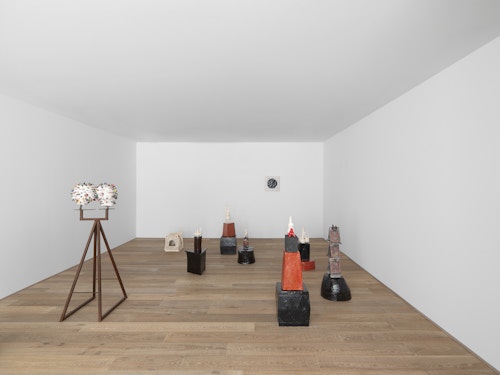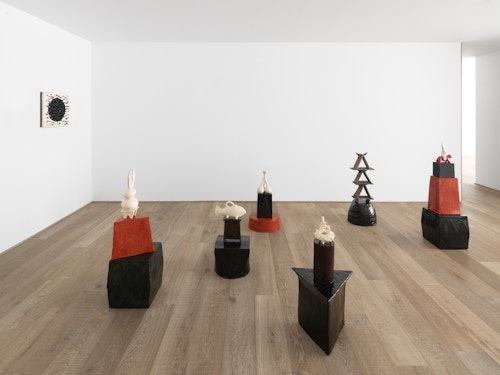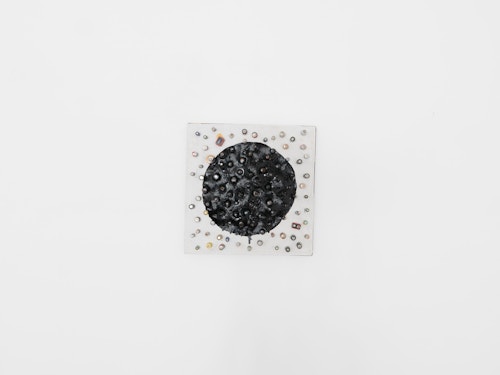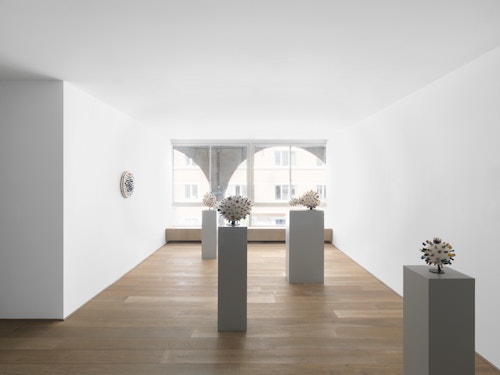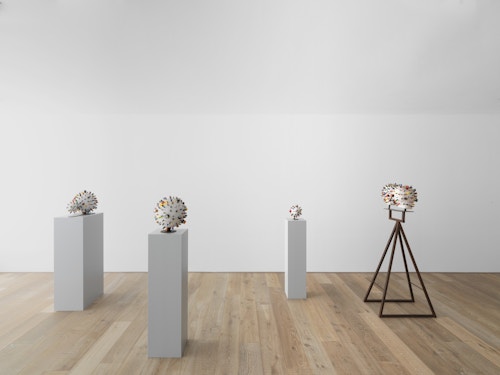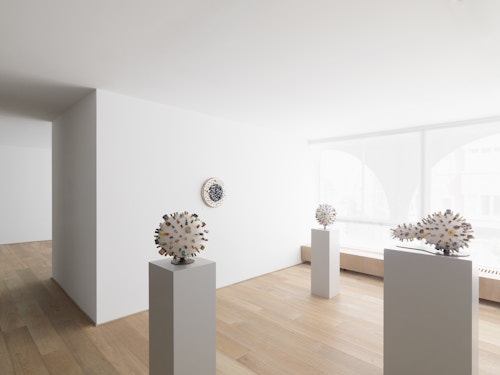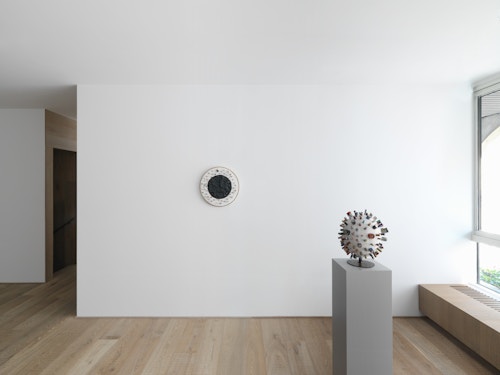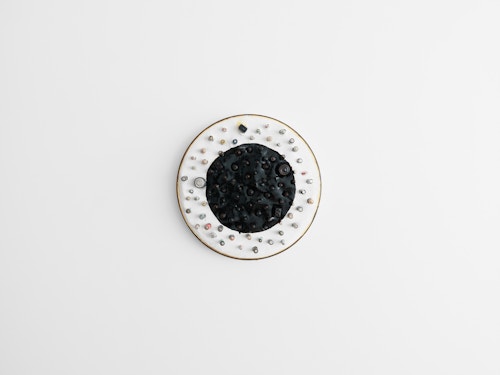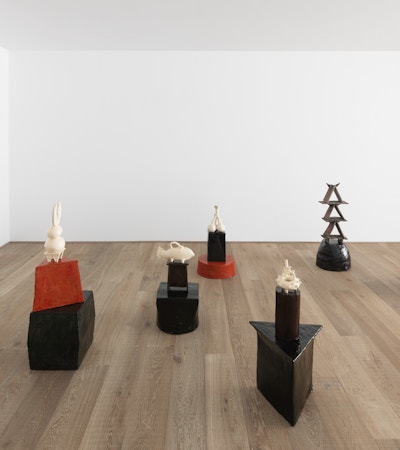
Evan Holloway California Ras Shamra
Xavier Hufkens is pleased to present a new body of work by American sculptor Evan Holloway. In his third exhibition with the gallery since his debut in 2002, Holloway introduces a series of large-scale works that not only signal a shift in terms of approach but also usher in an intriguing new range of overlapping historical and cultural references.

California Ras Shamra refers to the two main sources of inspiration that inform Holloway’s latest work: the history, culture and geography of California (the artist’s birthplace, where he still lives and works) and the ancient Phoenician city of Ugarit, or Ras Shamra, in present-day northern Syria. Holloway’s interest in the archaeological artefacts from Ras Shamra was sparked during a visit to the Louvre. At the time, he was also researching the history of Californian Neopaganism (an umbrella term describing a broad spectrum of contemporary religious movements that are either influenced by, or claim to be derived from, various historical belief systems practiced in the pre-modern world). California – where new-age practices and ideas have traditionally thrived – is home to a local movement profoundly influenced by Ugaritic culture. Fascinated by such contemporary expressions of archaic belief systems, as well as by the artefacts themselves, Holloway began sculpting ancient Phoenician, Cypriot and Ugaritic earthenware objects – an exercise that gave birth to the chariot forms in the exhibition.
Working in a pared-down range of materials – steel, plaster, bitumen, orange peel and spent batteries – Holloway fuses the ancient (plaster) with the modern (steel), the local (orange rind, bitumen) with the global (batteries). The orange peel alludes to California’s history as one of the largest producers of oranges; the tar comes from California’s 10,000-year-old La Brea Tar Pits, where natural bitumen still seeps from the ground. Pre-historic fossils from the site are now housed in a museum built by the philanthropist George C. Page (1901-2000), founder of one of the state’s biggest fruit distribution companies, Mission Pak Fruit. While the bitumen and citrus peel lends Holloway’s work an inescapable, regional specificity, the spent batteries refer to the global problem of how to safely dispose of consumer waste. When Holloway first started working with batteries, he had little piles of them scattered all around his house; disposal was a mystery. By integrating them into his work, Holloway points to the unavoidable environmental costs of contemporary life.
At the same time, Holloway’s work engages on a more formal and universal level with modernism, particularly the influence of African art on early twentieth-century sculpture (the batteries recall the nail-filled Nkondi religious objects produced in West Central Africa), the ‘aestheticized hostility’ of the 1970s Los Angeles art scene (the scavenged materials and the unforgiving bitumen), as well as ideas from a diverse range of cultural and arcane sources including the nineteenth-century American painter Albert Pynkham Ryder, Karlheinz Stockhausen, the Urantia Book and Antonin Artaud’s anarchic and esoteric novel Heliogabalus (1933). In terms of approach, the artist’s earlier focus on line, plane, colour and assemblage has given way to a greater sobriety and an emphasis on solidity, volume and modelling.
The works in California Ras Shamra encapsulate Holloway’s trans-historical and interconnected view of the universe – a world in which seemingly remote cultures and plural belief systems coexist in a form of artistic space-time continuum. The unexpected, hybrid visual forms that he sculpts are as paradoxical as they are enigmatic: archetypal yet atypical, delicate yet brutal.
Evan Holloway (b. 1967) studied fine art at the University of California, Santa Cruz and the University of California, Los Angeles. In 2008, he had a solo exhibition at the Pomona College Museum of Art, Claremont, California. His work has been included in numerous international group exhibitions, including Theatrical Gestures, Herzliya Museum of Contemporary Art, Israel (2013), American Exuberance, The Rubell Family Collection, Miami (2011), All of This and Nothing, Hammer Museum, Los Angeles (2011) and Moby Dick (2009) and Wizard of Oz (2008), both at CCA Wattis Institute, CA, and The Uncertainty of Objects and Ideas: Recent Sculpture at the Hirshhorn Museum and Sculpture Garden, Washington DC (2006). Holloway’s work was included in the 2012 Venice Beach Biennial (California), the 2002 Whitney Biennial and the 2008 California Biennial. He lives and works in Los Angeles.

